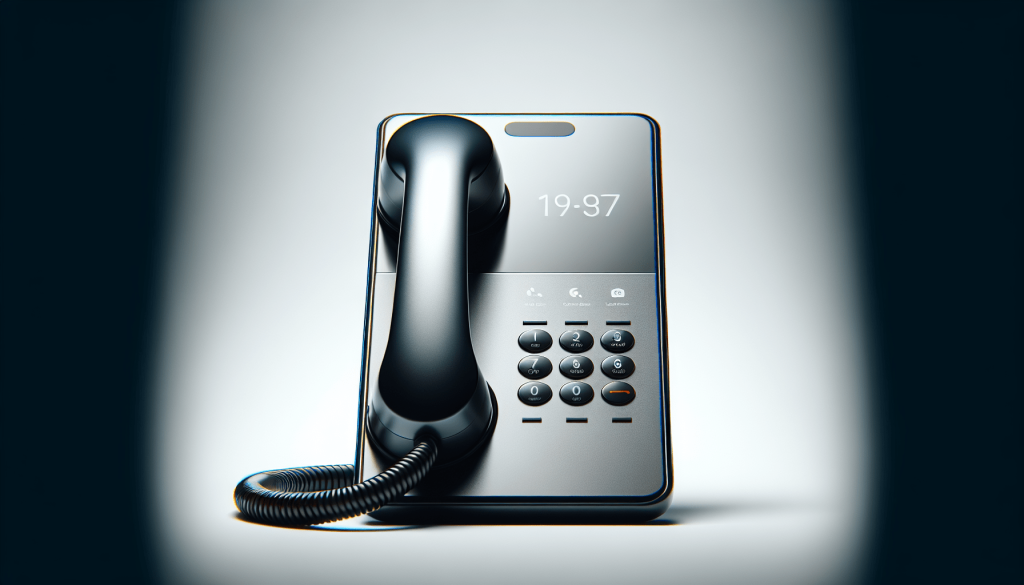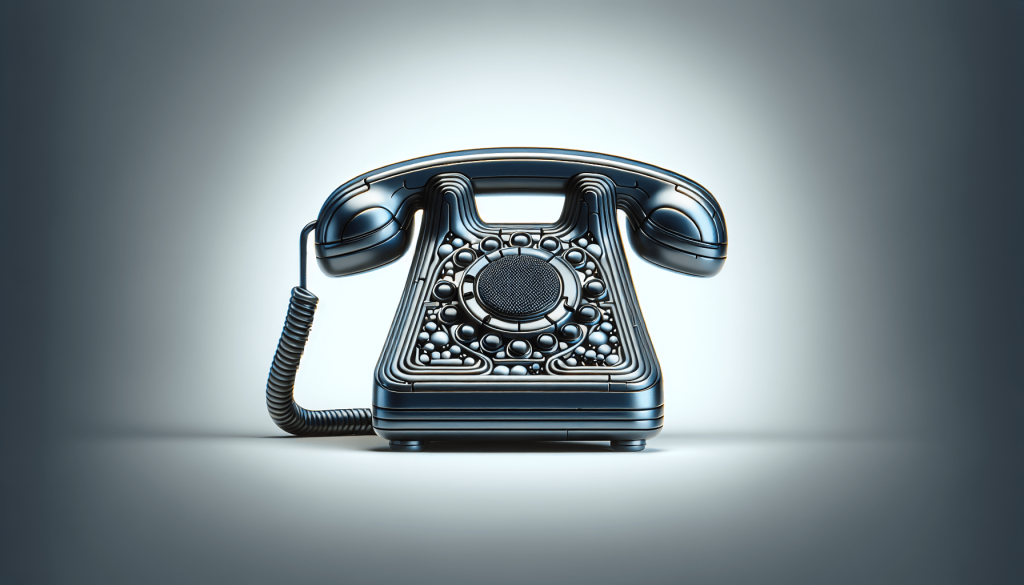Mastering Cold Calling Techniques is all about understanding the art of connecting with potential clients in a genuine and empathetic way. By mastering the various techniques and strategies involved in cold calling, you can build trust, establish rapport, and ultimately increase your success rate in turning leads into loyal customers. Through practice and perseverance, you can hone your skills and become a master in the world of cold calling. Have you been struggling with mastering cold calling techniques? Don’t worry, you’re not alone. Cold calling can be a daunting task, but with the right techniques and strategies in place, you can turn it into a powerful tool that drives sales and builds relationships with potential customers. In this article, we will delve deep into the world of cold calling and provide you with valuable insights and tips to help you succeed.

Understanding the Basics of Cold Calling
Cold calling is essentially reaching out to potential leads or contacts who have had no prior interaction with your business or brand. It involves initiating a conversation with the aim of converting them into customers. Cold calling can be done over the phone, through email, or even in person. The key to successful cold calling lies in building rapport, overcoming objections, and ultimately closing the sale.
Setting Objectives for Your Cold Calls
Before you begin making cold calls, it’s important to define your objectives. Are you looking to schedule a meeting, generate interest in a product or service, or ultimately make a sale? Setting clear objectives will help guide your conversations and keep you focused on your end goal.
Researching Your Target Audience
One of the most important aspects of successful cold calling is knowing your target audience inside and out. Take the time to research the company or individual you will be reaching out to. Understand their pain points, needs, and how your product or service can add value to their business. This will not only help you tailor your pitch but also establish credibility and trust during the conversation.
Perfecting Your Pitch
The key to a successful cold call lies in delivering a compelling pitch that grabs the attention of your prospect and keeps them engaged. Your pitch should be concise, clear, and tailored to the needs of the person you are speaking to. Here are a few tips to help you perfect your pitch:
Start with a Strong Introduction
The first few seconds of your cold call are crucial. Start with a strong introduction that clearly states who you are and why you are calling. Keep it short and to the point to grab the attention of your prospect right away.
Highlight the Value Proposition
Focus on the value that your product or service can provide to the prospect. Whether it’s saving time, improving efficiency, or reducing costs, make sure to clearly articulate how your offering can benefit their business.
Handle Objections with Confidence
It’s common for prospects to raise objections during a cold call. Whether it’s budget constraints, lack of interest, or time constraints, be prepared to handle objections with confidence. Anticipate common objections and have responses ready to address them effectively.
Building Rapport and Establishing Trust
Building rapport and establishing trust with your prospect is essential in cold calling. People are more likely to do business with those they trust and feel comfortable with. Here are some strategies to help you build rapport with your prospects:
Active Listening
Listening is key to building trust with your prospects. Show genuine interest in what they have to say, ask probing questions, and listen attentively to their responses. This will not only help you understand their needs better but also demonstrate that you value their input.
Personalize Your Approach
Take the time to personalize your cold calls based on the information you have gathered about the prospect. Reference specific details about their business or industry to show that you have done your homework. Personalizing your approach will make the prospect feel more valued and increase the chances of a successful conversation.
Be Authentic
Authenticity is key in building trust with your prospects. Be genuine in your interactions, avoid using scripted responses, and show empathy towards their needs and concerns. Authenticity will help you connect with your prospects on a deeper level and establish a strong foundation for a fruitful relationship.
Handling Rejection and Overcoming Obstacles
Rejection is a common part of cold calling, and it’s important not to take it personally. Instead of viewing rejection as a failure, see it as an opportunity to learn and improve your approach. Here are some strategies to help you handle rejection and overcome obstacles:
Stay Positive
Maintaining a positive attitude is crucial in cold calling. Rejection can be disheartening, but it’s important to stay resilient and focused on your end goal. Remember that each rejection brings you one step closer to a successful sale, and use it as a learning opportunity to refine your technique.
Seek Feedback
After a cold call that doesn’t go as planned, take the time to reflect on what went wrong and seek feedback from your colleagues or mentors. Analyze your approach, identify areas for improvement, and adjust your strategy accordingly. Continuous feedback and self-reflection will help you grow and become more successful in your cold calling efforts.
Practice Resilience
Resilience is key in overcoming obstacles in cold calling. Don’t let rejection or setbacks discourage you from reaching out to potential leads. Stay persistent, keep a positive mindset, and learn from each experience to become a more effective cold caller.

Leveraging Technology in Cold Calling
Technology has revolutionized the way we approach cold calling, making it easier and more efficient to reach out to prospects. Here are some ways you can leverage technology to enhance your cold calling efforts:
Use CRM Software
Customer Relationship Management (CRM) software can help you organize and track your cold calling efforts more effectively. CRM tools allow you to store prospect data, track interactions, and schedule follow-up activities, helping you stay organized and informed throughout the sales process.
Automate Outreach
Automating your outreach can save you time and effort in reaching out to potential leads. Use email automation tools to send personalized follow-up emails, schedule reminders for callbacks, and track engagement metrics to gauge the effectiveness of your campaigns.
Incorporate Data Analysis
Data analysis can provide valuable insights into the effectiveness of your cold calling efforts. Track key metrics such as call conversion rates, response times, and lead quality to identify areas for improvement and optimize your strategy for better results.
The Art of Follow-Up
Follow-up is crucial in cold calling, as it allows you to nurture relationships with prospects over time and stay top of mind. Here are some tips to help you master the art of follow-up:
Establish a Follow-Up Cadence
Set a follow-up cadence that aligns with the needs and preferences of your prospects. Whether it’s sending a follow-up email, making a callback, or scheduling a meeting, establish a consistent schedule to stay in touch and build rapport with your leads.
Provide Value in Every Interaction
Each follow-up should provide value to your prospect and keep them engaged with your offering. Share relevant content, industry insights, or product updates that demonstrate your expertise and show that you are invested in their success.
Personalize Your Follow-Up
Personalization is key in effective follow-up. Reference previous conversations, address specific pain points, and tailor your follow-up messages to the individual needs of your prospects. Personalized follow-up shows that you care about their business and strengthens your relationship over time.
Celebrate Your Successes and Learn from Your Failures
In the world of cold calling, success and failure go hand in hand. Celebrate your successes, no matter how small, and take the time to reflect on what went right. Likewise, learn from your failures, identify areas for improvement, and use them as opportunities to grow and evolve in your cold calling journey.
Celebrate Your Achievements
Take time to acknowledge and celebrate your achievements in cold calling. Whether it’s setting up a meeting with a key prospect, closing a successful sale, or receiving positive feedback from a lead, celebrate your successes and recognize the hard work and dedication that went into achieving them.
Learn from Your Mistakes
Failure is a natural part of the learning process in cold calling. Instead of dwelling on your mistakes, use them as opportunities to learn and grow. Analyze what went wrong, identify areas for improvement, and make adjustments to your approach to prevent similar mistakes in the future.
Continuously Improve Your Skills
Continuous improvement is key to mastering cold calling techniques. Take the time to hone your skills, seek feedback from colleagues and mentors, and stay updated on industry trends and best practices. By investing in your professional development, you can become a more effective and successful cold caller over time.
By mastering cold calling techniques, you can unlock new opportunities, drive sales, and build lasting relationships with potential customers. Remember to stay resilient, focused, and empathetic in your interactions, and use the insights and tips provided in this article to guide your cold calling journey. With dedication and practice, you can become a master in the art of cold calling and achieve success in your sales endeavors.
